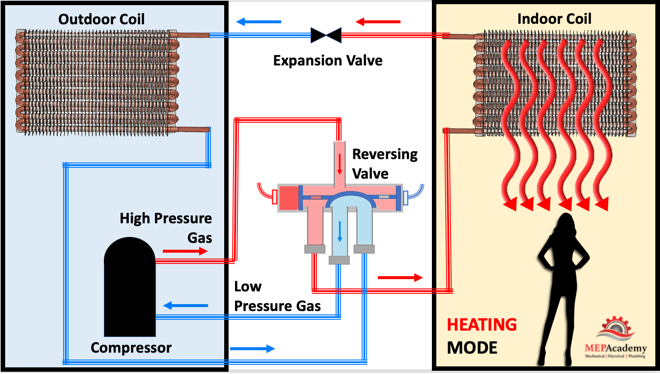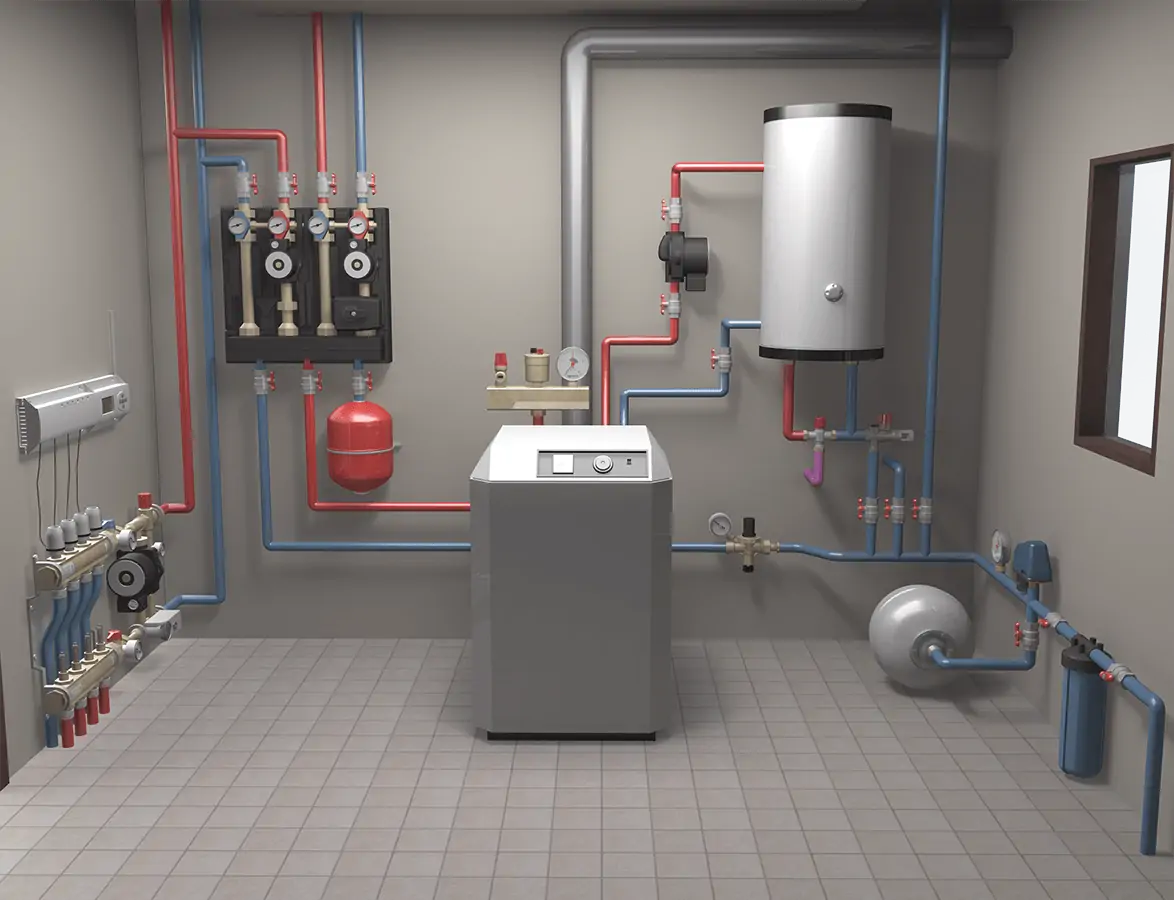Air Conditioning for Commercial Spaces: A Business Necessity
Assessing Your Area: Trick Dimensions for Cooling Installation ==============================================================
If you've ever before discovered yourself in a space where the air conditioning just couldn't appear to stay on top of the summer heat, you may gain from assessing your space.
Ensuring your cooling system is effectively sized and set up calls for interest to key measurements such as room size, window and door dimensions, ceiling height, insulation top quality, and air movement patterns. By recognizing these elements, you can optimize your air conditioning system's performance and performance.
Yet how exactly do these measurements impact your cooling installation?
Secret Takeaways
- Precisely measure space measurements for appropriate unit capability and air flow optimization.
- Pick energy-efficient doors and windows to boost insulation and minimize warmth transfer.
- Guarantee ideal air vent placement and unhampered air flow for effective cooling circulation. Air conditioning financing options
- Update insulation to boost thermal resistance, seal gaps, and improve total system efficiency.
Room Size Measurements
When determining space dimension for cooling setup, see to it you properly examine the dimensions to figure out the suitable system capacity. Beginning by considering furniture positioning within the room. Furniture can block air blood circulation if placed also near to vents or the air conditioning system. To assure optimal air conditioning performance, organize your furnishings in a manner that promotes correct air movement throughout the room.
Additionally, think about the room's format and dimension when preparing for air circulation. https://enfieldhvac.co.uk/air-conditioning-repair.html Correct air blood circulation is critical for preserving a regular temperature throughout the space. Bear in mind any type of obstacles that might interfere with the flow of air, such as curtains blocking vents or big pieces of furnishings obstructing air movement. By guaranteeing appropriate space for air to distribute openly, you can optimize the performance of your cooling device and develop a comfy setting in your home.
Window and Door Capacities
To ensure appropriate cooling setup, evaluate the dimensions of doors and windows in the area to enhance airflow and cooling down effectiveness. When assessing window and door measurements, consider the following:
Frame Compatibility: See to it that the air conditioning system you pick is compatible with the frames of your doors and windows. Improper fit can bring about air leaks and lowered energy effectiveness.
Setup: Take into consideration the setup process when choosing a cooling system. Some devices may require certain window dimensions or additional adjustments for proper setup.
Product Choice: Select windows and doors made from products that give excellent insulation to improve energy effectiveness. Effectively shielded doors and windows can aid preserve a regular temperature in the room.
Power Efficiency: Choose energy-efficient windows and doors to lower warmth transfer and improve the total performance of your a/c system. Energy-efficient materials can enhance the cooling capacities of your area while decreasing energy costs.
Ceiling Elevation Analysis
Examining the height of your ceiling is essential for establishing the most effective positioning of air conditioning vents for effective cooling distribution. When appraising your ceiling elevation, make certain to take into consideration the clearance required for both the ductwork and the air conditioning vents. Sufficient ceiling clearance warranties that the ductwork can be installed appropriately without any obstructions, permitting excellent air movement throughout the room.
Furthermore, appropriate clearance over the vents makes certain that the cooled air can circulate easily with no constraints, resulting in even more even cooling in the space.
When planning the placement of ductwork, take into consideration the elevation of your ceiling to avoid any kind of issues with setup or efficiency. Properly located ductwork can aid take full advantage of the effectiveness of your air conditioning system and ensure that each room gets enough air conditioning.
Insulation Examination
Assess the insulation quality to maximize the performance of your a/c system. Appropriate insulation plays a critical function in preserving a comfy indoor setting while maximizing power efficiency. Here are 4 key points to assess when evaluating the insulation in your space:
Thermal Resistance: Check the R-value of your present insulation to ensure it meets the advised criteria for your region. Higher thermal resistance suggests much better insulation high quality, which aids in lowering heat transfer and preserving a constant temperature.
Insulation Positioning: Evaluate the positioning of insulation throughout your room, concentrating on areas such as walls, ceilings, and floors. Properly set up insulation prevents power wastage by lessening warm exchange with the surrounding setting.
Sealing Spaces: Recognize and secure any type of voids or cracks in the insulation to avoid air leak. Correctly secured insulation improves power performance by keeping impermeable obstacles that prevent conditioned air from leaving.
Updating Insulation: Take into consideration upgrading your insulation to newer, much more energy-efficient materials. Upgrading can enhance thermal resistance, lower energy usage, and improve the general performance of your cooling system.
Air movement Analysis
Checking the air movement within your space is essential for making certain peak efficiency of your air conditioning system. Appropriate air flow circulation is essential to maintain constant temperature levels throughout the location. When evaluating air movement, think about the air flow needs of each room to ensure adequate air blood circulation.

To examine airflow distribution, start by checking for any type of obstructions such as furnishings obstructing vents or particles obstructing air ducts. Poor air flow can cause inefficient air conditioning and home heating, resulting in pain and boosted power costs. It is very important to attend to any type of issues quickly to optimize the performance of your air conditioning system.
In addition, understanding the air flow requirements of various rooms in your house or workplace is crucial to maintaining air top quality and comfort degrees. Appropriate air flow assists eliminate stagnant air, smells, and toxins while generating fresh exterior air. By reviewing air movement and ventilation demands, you can develop a more comfy and healthy interior atmosphere for everybody.
Frequently Asked Questions
How Can I Establish the most effective Area for My Air Conditioning System Within the Space?
When finding out the most effective spot for your air conditioning device in a room, take into consideration the air conditioning ability and air blood circulation. Keep the device far from barriers that could obstruct airflow and place it centrally in the space to ensure even cooling down.
Perfect positioning aids disperse amazing air efficiently, optimizing the device's efficiency. Correct positioning can make a considerable distinction in just how effectively your air conditioning system cools down the space.
Exist Any Type Of Certain Aspects to Consider When Mounting a Cooling Unit in a Multi-Level Structure?
When installing a cooling system in a multi-level building, take into consideration aspects like energy efficiency, cooling down capacity, positioning, and availability.
See to it the system is strategically put to cool numerous degrees effectively. Go with a place that enables simple gain access to for maintenance and repairs.
Additionally, review the air conditioning capability to make certain it can properly cool the entire building. These factors to consider will help optimize the performance of your air conditioning system in a multi-level setup.
What Is the Ideal Distance In Between the Air Conditioning System and Any Type Of Heat-Producing Home Appliances in the Room?
When positioning your a/c system, make certain proper air flow distance from heat-producing devices in the area. This helps with warm diffusion and avoids the air conditioning from working harder to cool down the room.
Go for an excellent range of at the very least 3 feet in between the air conditioning unit and any heat sources like stoves or lamps. Keeping this separation will optimize the efficiency of your a/c system and extend its lifespan.
Exist Any Type Of Prospective Threats That I Should Recognize When Mounting a Cooling System in a Small or Encased Room?
When installing an air conditioning unit in a tiny or encased room, bear in mind prospective risks. Ensure to deal with air flow problems to stop air quality problems. Take safety and security precautions seriously, especially with minimal room restrictions.
Be aware of installment obstacles like correct placement for best efficiency. Prioritize security and ensure your room is well-ventilated to prevent any risks related to setting up an air conditioning system in a restricted location.
How Can I Ensure Appropriate Air Flow for My Cooling System to Operate Effectively in a Space With Limited Airflow?

To optimize air flow for your cooling system in a room with restricted air movement, guarantee appropriate air flow by maintaining vents clear and unhampered.

Regularly clean or replace air filters to maintain performance.
Think about using a fan to aid distribute air and avoid stationary pockets.
Setting the system in an area where air can flow openly, avoiding confined areas.
These actions will certainly aid your a/c unit operate efficiently and cool the space effectively.
Conclusion
Now that you have actually taken vital measurements for your a/c installation, you're one action better to making sure peak air conditioning performance in your area.
By precisely examining area size, doors and window dimensions, ceiling height, insulation, and air movement, you can make educated decisions on the most effective air conditioner system for your demands.
Bear in mind, appropriate measurements are essential for an effective and reliable cooling installation.